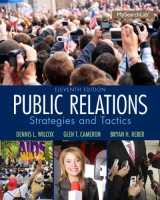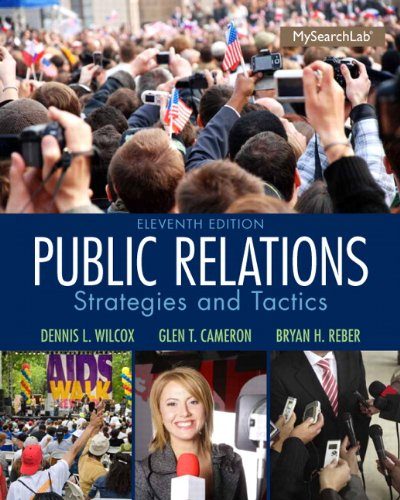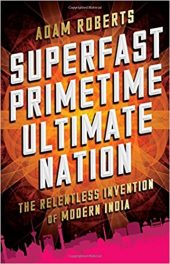 Authors: Dennis L. Wilcox, Glen T. Cameron, and Bryan H. Reber
Authors: Dennis L. Wilcox, Glen T. Cameron, and Bryan H. Reber
Publisher: Pearson – 598 pages
Book Review by: Sonu Chandiram
This being its eleventh edition means that this book has become very popular over the years among teachers and students of public relations. It is in fact a frequently-used book that forms the basis of introductory courses in public relations at colleges and universities.
Why is this book so popular and now in its eleventh edition? There are many reasons, and one of the chief ones is that it is very engaging with its unique, down-to-earth approach. Here are some valuable features of this one-of-a-kind gem of a book:
- Active interaction with students
- Attractive charts, photos, and other images
- Clear, easy-to-read-and-understand writing style
- Concise summaries of key concepts that bring them to life
- Learning objectives that motivate students to learn and do “stuff”
- Numerous real-life examples from public relations firms and practitioners
Even the titles of this book’s 21 chapters in five sections are simply worded. The list below serves as a snapshot of what you will learn from this book:
- Role
- What is Public Relations?
- The Evolution of Public Relations
- Ethics and Professionalism
- Public Relations Departments and Firms
- Process
- Research
- Program Planning
- Communication
- Evaluation
- Strategy
- Public Opinion and Persuasion
- Conflict Management: Dealing with Issues, Risks, and Crises
- Reaching Diverse Audiences
- Public Relations and the Law
- Tactics
- The Internet and Social Media
- Preparing Materials for Mass Media
- Radio and Television
- Meetings and Events
- Applications
- Corporations
- Entertainment, Sports, and Tourism
- Politics and Government
- Global Public Relations
- Nonprofit, Health, and Education
There is much that is new in the eleventh edition, the main items being the ones listed below. Under each item, the book provides real-life examples.
- A new coauthor: Dr. Bryan H. Reber – is a professor of public relations at the University of Georgia who teaches undergraduate and graduate-level courses. He has not only had more than 15 years of experience in the working world of public relations but has also conducted research in the field.
- A new Social Media in Action feature – that spotlights programs that have extensively used social media to accomplish their objectives.
- New features on ethical practice – these focus on questionable practices that require the students to evaluate the situations and make decisions based on professional standards of ethics that they learned in the course.
- New features highlighting award-winning campaigns – a number of public relations campaigns chosen by the authors as examples of success and reasons why they won awards. These are national campaigns, such as 7-11 celebrating its birthday with free Slurpees, and Chase Bank promoting its new premier credit card, as well as local ones, such as a Miami Cuban restaurant that celebrates its 40th anniversary.
- New insights about working in public relations – informs students about the latest trends and issues in this field of work, such as for example, how companies can tailor their messages to certain growing immigrant populations in the United States.
- Updated statistics about the public relations industry – provides the latest published statistics about the public relations industry, such as salaries, the top 10 PR firms, and the use of social media by online adults (e.g. Facebook – 67%, LinkedIn – 20%, Twitter -16%). The largest percentage of users are as suspected, 18 to 29 years old. There is much information in this book about the “tsunami of social media.”
- Expanded Information On Diverse and Multicultural Audiences – the rapid growth of immigrants in recent decades necessitates communicating with each one differently to take advantage of opportunities and avoid the pitfalls.
- New features on conflict and crisis communication – advocates and opponents of certain political causes often develop public relations to influence public opinion and get new laws passed. See which chapters deal with what issues (e.g. Bangladeshi body sweatshops, framing fracking, Carnival’s crisis, Toyota’s troubles, WalMart’s woes)
Authors:
Dennis L. Wilcox is with the School of Journalism and Mass Communication at San Jose State University in San Jose, California.
Glen T. Cameron is with the School of Journalism at the University of Missouri.
Bryan H. Reber is professor of public relations at the Grady College of Journalism & Mass Communication at the University of Georgia.







